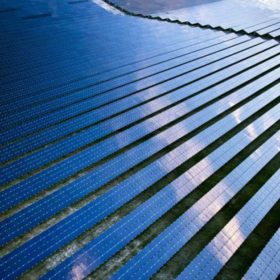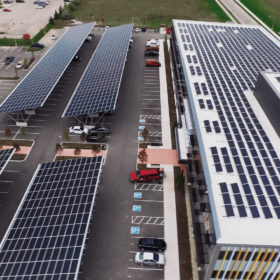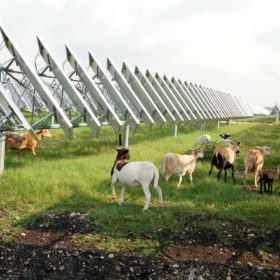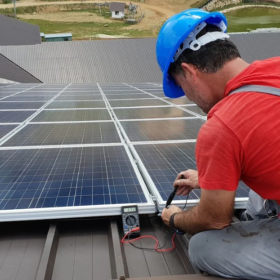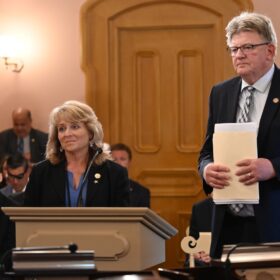Appeals court ruling could bring Phoenix solar market back to life
A U.S. district court must rule on federal antitrust claims made by four plaintiffs against Arizona utility SRP’s anti-solar rate, and must consider “injunctive relief” that could immediately halt the anti-solar rate.
Sunrise brief: Greater accountability is needed to improve interconnection timelines
Also on the rise: Solid-state battery start-up Sparks opened a pilot plant for its patented lithium battery technology based on zero cobalt cathodes. Hyperion will invest in a new facility in Ohio to manufacture its hydrogen fuel cell. Pennsylvania may have to sell RECs and use the cash to cap abandoned oil and gas wells. Sol Systems acquires 540MW Illinois solar portfolio. Greenskies moves agrivoltaics forward in Connecticut. FranklinWH chief sales officer shares views on distributed storage.
People on the Move: NREL, ACORE, Green Lantern Solar, and more
Job moves in solar, storage, cleantech, utilities, and energy transition finance.
Fuel cell manufacturer moves HQ to green hydrogen hub in Ohio
Hyperion will invest more than $297 million in the new facility in Columbus, Ohio, where it will manufacture its next-generation hydrogen fuel cell, which will power its new line of stationary and mobile energy storage products, including its XP-1 hypercar.
US solar module manufacturer nets $5 million investment, 250MW supply deal
Altus Power committed to a multi-year supply agreement with tier 1 North American PV module manufacturer Heliene, and invested $5 million in the company’s growth.
Sol Systems acquires 540MW Illinois solar portfolio from Arevon Energy
Sol Systems will own and operate the portfolio and will work with energy developer Tenaska to develop and construct the projects.
Greenskies to support farming at its solar sites
The Connecticut-based firm received approvals to bring farming to two solar fields in a practice called agrivoltaics.
Solar indulgences for fossil sins in Pennsylvania
Legislation has been submitted in Pennsylvania that would force the State to sell the renewable energy certificates it purchased from solar projects to third parties, and use the cash to pay for the capping of abandoned oil and gas wells in the state.
What’s holding back DERs: The manufacturer’s perspective
pv magazine sat down with FranklinWH’s Cheung “Gary” Lam to discuss the development process for his company’s first commercialized product, and FranklinWH’s vision for the future of distributed storage in the US.
Cobalt-free, solid-state, lithium-ion battery plant opens in Silicon Valley
US-based solid-state battery start-up Sparks opened a pilot plant for its patented lithium battery technology based on zero cobalt cathodes. The company wants to challenge China’s dominance in next-gen battery development.
